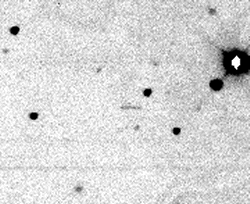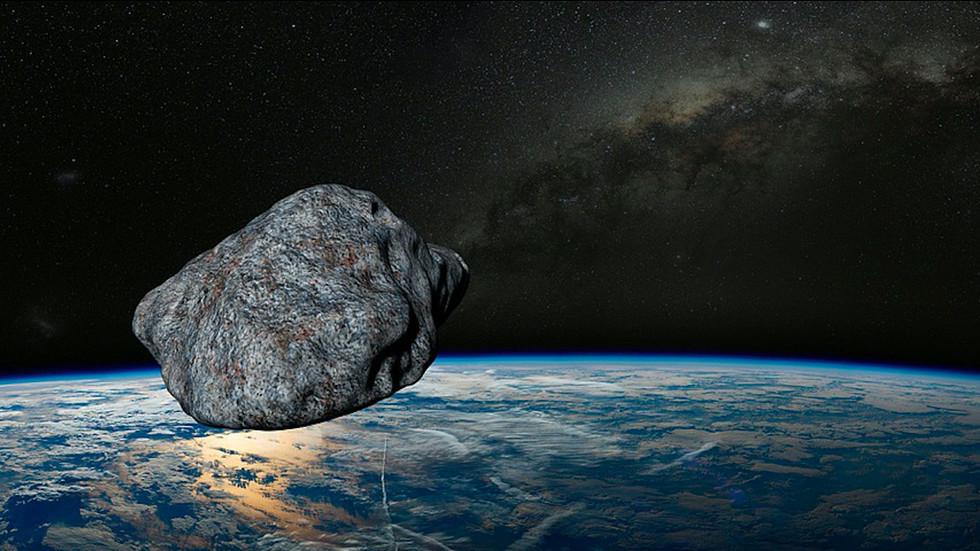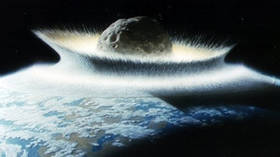Four asteroids on COLLISION course with Earth
It’s a scenario straight out of a Hollywood blockbuster, an
asteroid is careening towards Earth and is set to wipe out human
existence. To mark Asteroid Day, here are four space rocks on a
collision course with our planet.
The United Nations fears
that the possibility of an asteroid smashing into a densely populated
area isn’t being taken seriously enough, so it designated June 30 as
International Asteroid Day to raise awareness about the potentially
catastrophic occurrence.The date was chosen because the largest asteroid impact in recorded history took place over Tunguska, Russia on that day in 1908 when an enormous asteroid exploded and destroyed hundreds of acres of forest.
To mark the event, here are four asteroids that could wallop into Earth.
1979 XB

The European Space Agency (ESA) has put it in second place on its ‘Risk List’ for Near-Earth Asteroids. The orbit of this minor planet is unreliable but it’s predicted to have a chance of hitting Earth midway through this century.
Experts warn that 1979 XB could suddenly come a lot closer to Earth, given only a tiny variation in its orbit. Its next predicted approach of Earth is set to come in 2024.
Apophis
Roughly the size of four football fields, Apophis is in very close orbit to Earth. It’s currently more than 200 million kilometers away but gets half a kilometer closer every second.

It will next fly by Earth in mid-October this year when it will pass us at a safe distance of around 30 million kilometers. If Apophis did blast into Earth the impact is calculated to be similar to about 15,000 nuclear weapons detonating at once.
2010 RF12
This asteroid holds the dubious honor of topping both the Sentry List (Earth Impact Monitoring system) and the ESA impact risk list. It’s currently around 215 million kilometers from Earth and is traveling at a speed of 117,935kph.

2010 RF12 is set to pass Earth on August 13, 2022 when astronomers around the world will train their telescopes on the object to learn as much as possible about it and its trajectory.
2000 SG344

It’s currently traveling through space at more than 112,000kph and is getting 1.3km closer to Earth every second. Interestingly, it travels around the Sun in almost the exact same time as Earth, 353 days versus Earth’s 365 days. This gives astronomers regular chances to observe the asteroid and assess the risk it poses.
Undetected asteroids

As recently as last December, another asteroid broke apart over the Bering Sea that was 10 times more powerful than the bombs dropped on Hiroshima and Nagasaki. Neither Near Earth Objects (NEOs) were tracked in advance. It’s hoped that International Asteroid Day will prompt authorities around the world to improve how they detect the potentially cataclysmic space rocks.

No comments:
Post a Comment